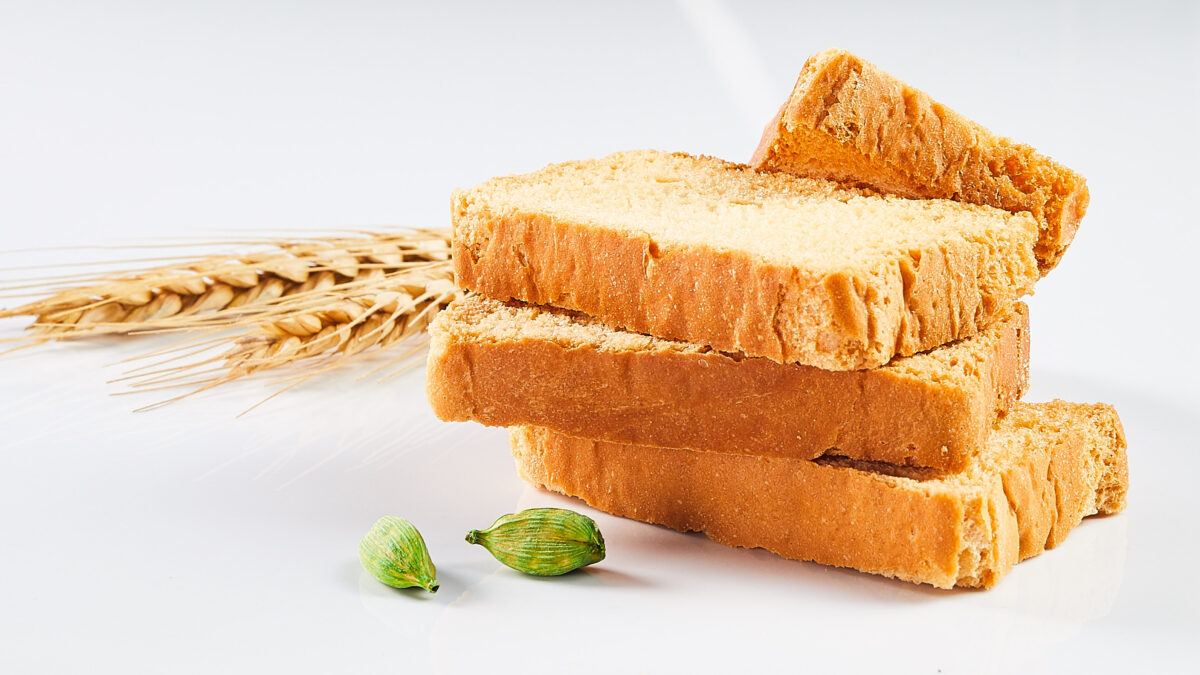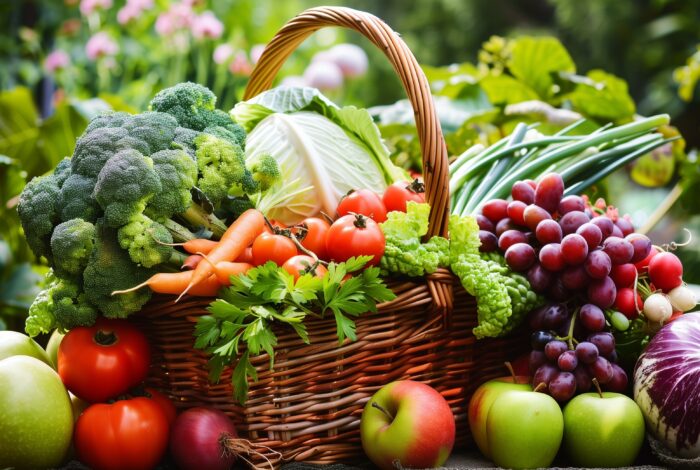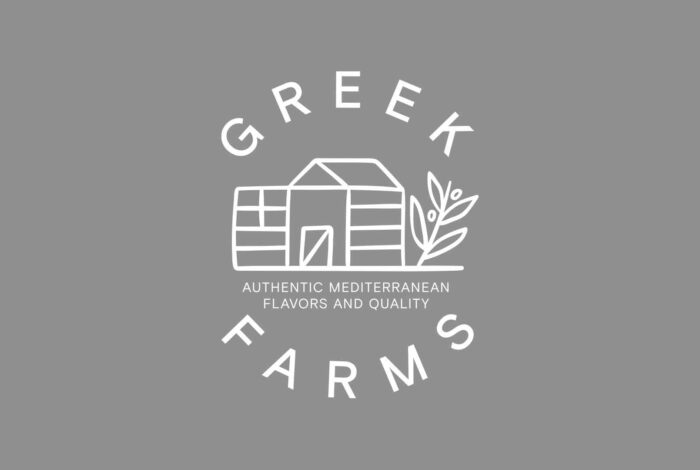Rusks, biscuits, pies and small pies are a few of the most popular baked goods. Some of these are part of our daily diet, while we wait for special occasions to enjoy others. One thing is certain: We have to travel to different corners of Greece to sample these baked goods, since every region has its own recipes.
In Epirus, pies have a prominent role on tables both in everyday life and on special occasions. Here, the pastry sheets are thin and the fillings prove that the humblest of local products can be transformed into something delectable.
The pies are assembled in a large shallow baking tray and are traditionally baked in a Dutch oven surrounded by charcoal. The most renowned include the trahanas pie – made with eggs, butter, oregano and feta – and the batter pie, which is made with eggs, butter, milk and yogurt. Buttermilk and galotyri are ideal side dishes for Epirus pies.
While Epirus is famous for its pies, Crete prides itself on having some of the most well-known and delicious rusks in the country. Barley rolls, panokaukala, dakos, wheat, barley, migadero, and eftazymo are just a few of the Cretan rusks that are well known within and beyond Greece.
The Cretan rusk dates back centuries and is now inextricably linked to the culture of the island. Indeed, country-style rusks, barley rusks, eftazymo, wheat and rye rusks have been characterised as PGI (Protected Geographical Indication) products. Traditional rusks are prepared much like bread, but are cut into slices and baked a second time to dry.
Some Greek baked goods have a long history which is lost in time. This is true for bougatsa, which we may associate with Thessaloniki and Serres, but that has its origins in Byzantium. Bougatsa can be sweet or savoury, with cream and cheese being the most common fillings.
Also well known are lalaggia from Mani, which are prepared with flour and oil and are renowned for their crispy texture. Women in Mani – in the Lakonia and Messinia regions – would knead and fry lalaggia at every religious celebration. In fact, at Christmas they would shape them into crosses and stars, a tradition that has been maintained until today.
Greece’s rich wine tradition has also given us grape must cookies, with those from the Mesogeia region being the most popular. Grape must cookies are usually made in early autumn, during the grape harvesting season, and are ideal with coffee, but also as a sweet snack during the day.
Baked goods are proof that every ingredient can be delicious as long as it is used with imagination and love.










